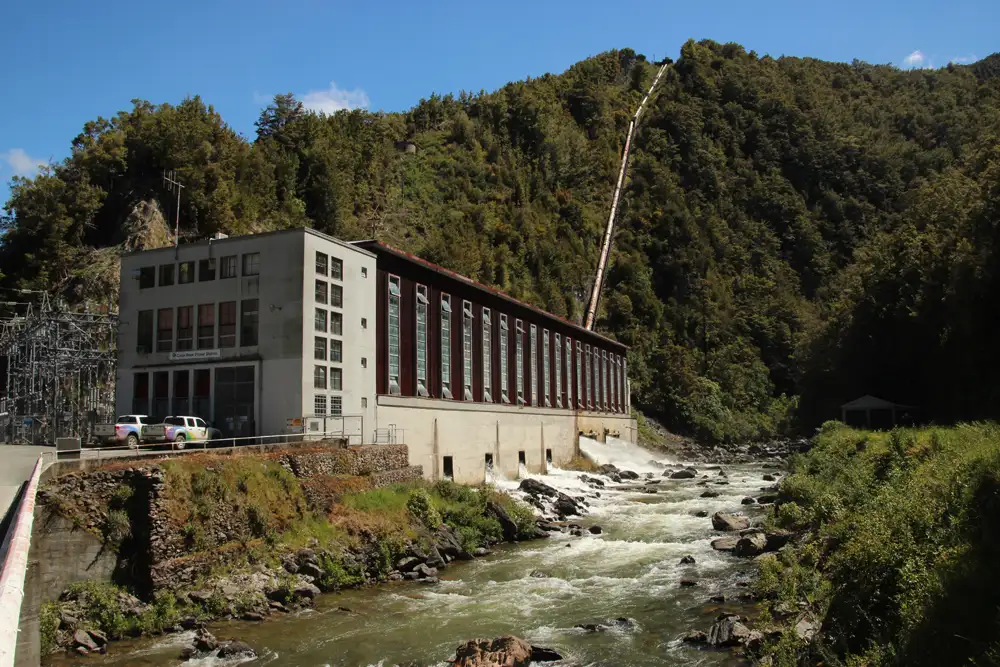New Zealand has made significant strides in expanding its national broadband network, providing citizens with access to fast and reliable internet. In this article, we will delve into the details of how this network works, its current capacity, and what it means for internet users.
How the Network Works
The New Zealand national broadband network is a complex system that spans across the country, connecting major cities and rural areas. The network consists of several components:
* Router: Your home router connects your devices to the internet.
* ONT (Optical Network Terminal): This device connects your home to the fiber-optic cable in the ground.
* Splitter: On your street, a splitter splits one signal into eight, increasing coverage and reducing costs.
* Tray: In the pit, a tray further divides the signal into 16 or more, allowing for even more homes to be connected.
The Exchange
From here, the signals are sent to an exchange where they’re combined with other signals from different areas. This is where your ISP’s equipment kicks in.
* ISP (Internet Service Provider): Your ISP provides internet services and manages the network.
* BNG (Broadband Network Gateway): The BNG connects the fiber-optic cables to your router, allowing you to access the internet.
Chorus and WSPs
The company responsible for building and maintaining New Zealand’s national broadband network is Chorus. They work with other companies called Wholesale Service Providers (WSPs) who provide services to consumers.
* Wholesale Service Providers (WSPs): These companies resell the internet services provided by Chorus to end-users.
* Chorus: As mentioned, Chorus builds and maintains the national broadband network.
Network Capacity
New Zealand’s national broadband network has a significant capacity. While it’s difficult to determine exactly how much, Chorus can’t provide an accurate figure due to the decentralized nature of the system.
However, we can compare this network to other major networks around the world:
* Souther Cross Cable: New Zealand’s major external link has a lit capacity of 92 Tbps.
* Hawaiki cable: With a capacity of 120 Tbps, it’s one of the fastest cables in the Pacific.
Network Traffic Trends
To understand how well the network is performing, we can look at some statistics:
* Average Connection Speed: The average connection speed on New Zealand’s national broadband network is about 444 Mbps.
* Plan Usage: Monthly usage varies depending on plan speeds:
* 50 Mbps: Uses around 270 GB per month
* 300 Mbps: Uses around 530 GB per month
* 950 Mbps: Uses around 1 TB per month
* Hyperfibre: Uses around 3.3 TB per month
The peaks of the second COVID lockdown were normal throughput about 18 months later, but the over-investment for the Rugby World Cup (2019) meant that the network was more than prepared for the first lockdown.
Conclusion
New Zealand’s national broadband network is a complex system with multiple components and suppliers. While we can’t determine its exact capacity due to its decentralized nature, it’s clear that it has a significant capacity compared to other major networks around the world. By understanding how this network works and what it means for internet users, we can better appreciate the efforts made by Chorus and WSPs to provide fast and reliable internet services across New Zealand.

0 Comments